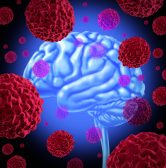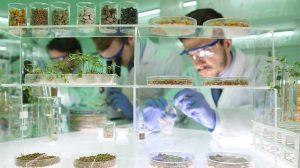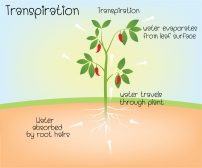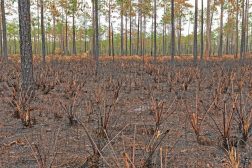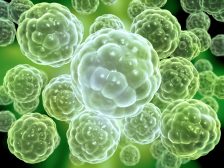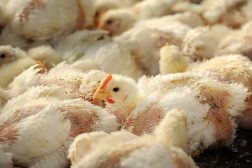Definition
adjective
Likely to be altered or degradation when subjected to heat
Supplement
In chemistry, the lability of a compound pertains to the capability of that substance to undergo a change. Thus, the term heat-labile describes one that is capable of changing or destruction when subjected to heat. In biochemistry, a molecule that is heat-labile means it can exist transiently in a particular conformation by means of heat before assuming a lower energy or stable conformation. In another context, a heat-labile molecule means it can also be destroyed upon exposure at high temperatures. For instance, a heat-labile protein may lose its structure as it unfolds at very high temperature. The opposite of heat-labile in this regard is heat-stable. A heat-stable substance is capable of maintaining its form, structure, and function even at high temperatures.
Examples of biological substances that are heat-labile are certain proteins and toxins. The enterotoxin produced by Escherichia coli is heat-labile. It becomes inactivated at high temperatures.1
See also:
Reference(s):
1 Wagner B, Hufnagl K, Radauer C et al. (April 2004). “Expression of the B subunit of the heat-labile enterotoxin of Escherichia coli in tobacco mosaic virus-infected Nicotiana benthamiana plants and its characterization as mucosal immunogen and adjuvant”. Journal of Immunological Methods 287 (1-2): 203–15.

